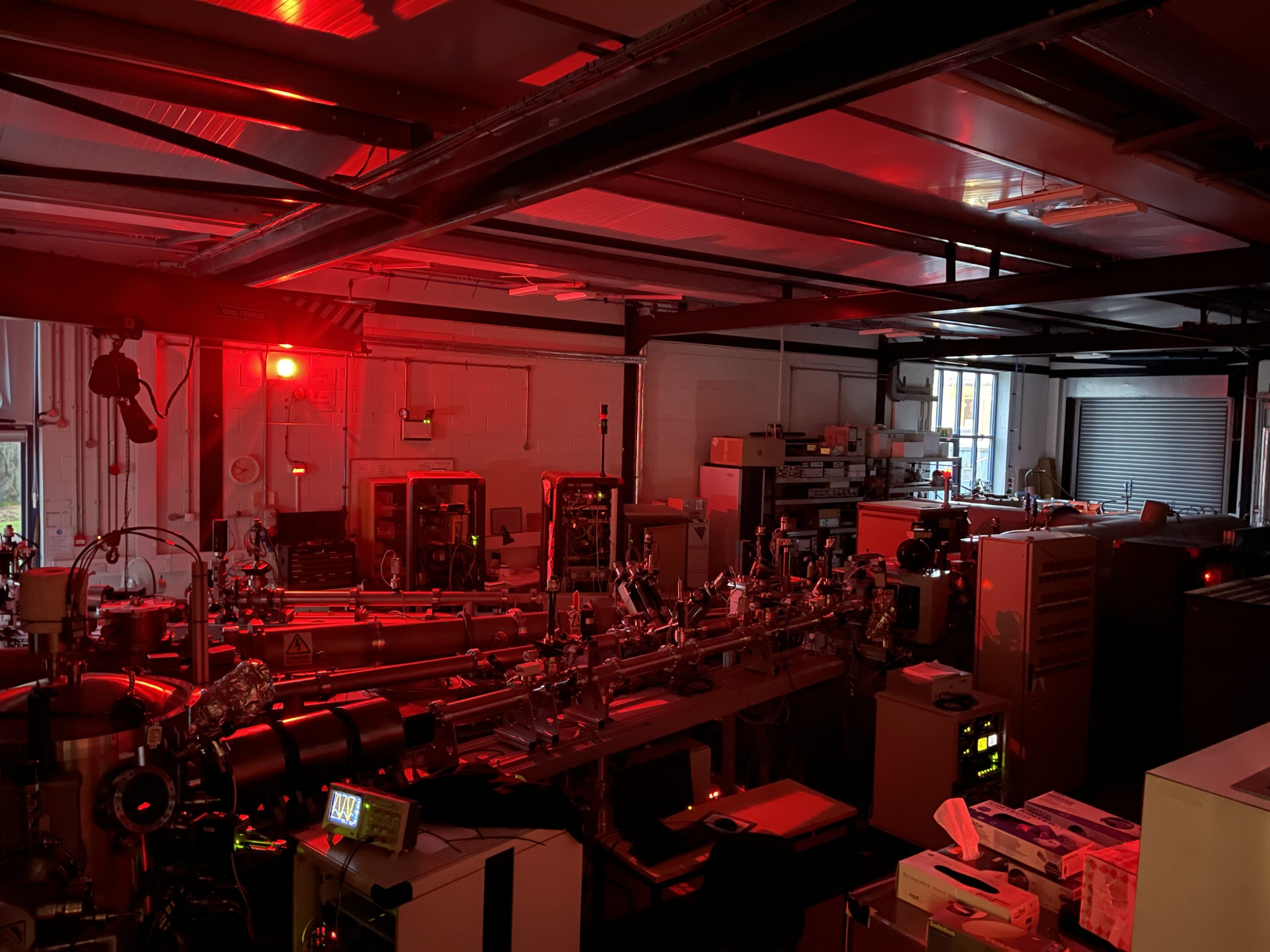Software
-
CrystalDraw
CrystalDraw has been written to produce models of crystal structures and their associated axial and planar channelling directions in three-dimensions and to generate their corresponding two-dimensional projections. Visualisation of the models using specially written macros within Paraview illustrates how to orient and manipulate crystals for channelling measurements and guide interpretations of collected channelling data. Crystal…
-
Ion beam analysis and the DataFurnace
Ion beam analysis is an enabling technology for thin film scientists and engineers. It is a powerful group of analytical techniques (known as “Total-IBA“) for determining the elemental composition of thin films. We can get accurate (and traceable) analyses, with good spacial resolution both laterally and in depth. Overview Ion beam analysis (IBA) involves the…
-
SUSPRE
SUSPRE (Surrey University Sputter Profile From Energy Deposition) was originally commissioned by VG Ionex in the late 1980s to help interpret dynamic SIMS spectra. It is based around the Projected Range Algorithm – formulated by Jochen Biersack – as a solution to the Boltzmann Transport Equation. It has been demonstrated to be as accurate as…
Case Studies – Ion Beam Analysis
-
Cultural Heritage
We can use Ion Beam Analysis – PIXE – to look at the trace elements in Cultural Heritage Materials to provide insight in to provenance and origins of the materials. We show an example of a ‘Leonardoesque’ painting.
-
Metals in Proteins
MicroPIXE can be used to correctly identify the metal atoms in metaloproteins. X-ray crystallography is very good at identifying the important structure of the protein, but it can be difficult to distinguish the metal in the protein if one exists. A recent random sample of 36 protein samples found that 50% of them had been…
-
Gun Shot Residue
Gunshot residue (GSR) is conventionally studied by SEM-EDS. We use Ion Beam Analysis – PIXE – to look for GSR signatures in cases where SEM-EDS is unable to detect all the required three elemental components used to distinguish GSR from other environmental particulates.
-
Multilayers
Semiconducting amorphous iron disilicide (a-FeSi2) can be made by ion beam mixing a multilayer stack of pure Fe and Si layers. We show how Rutherford Backscattering Spectroscopy can be used to determine the resulting depth profile of the elements in the modified material system.
Case Studies – Ion Irradiation & Implantation
-
Doping
Traditional Ion Implantation is often used in the semiconductor industry to change the electronic properties of materials by introducing dopant ions into the semiconductor.
-
Ion Cut
Ion implantation offers a unique way of transferring thin layers of single crystal material from one wafer to another.
Video Clips
See the YouTube playlist here

